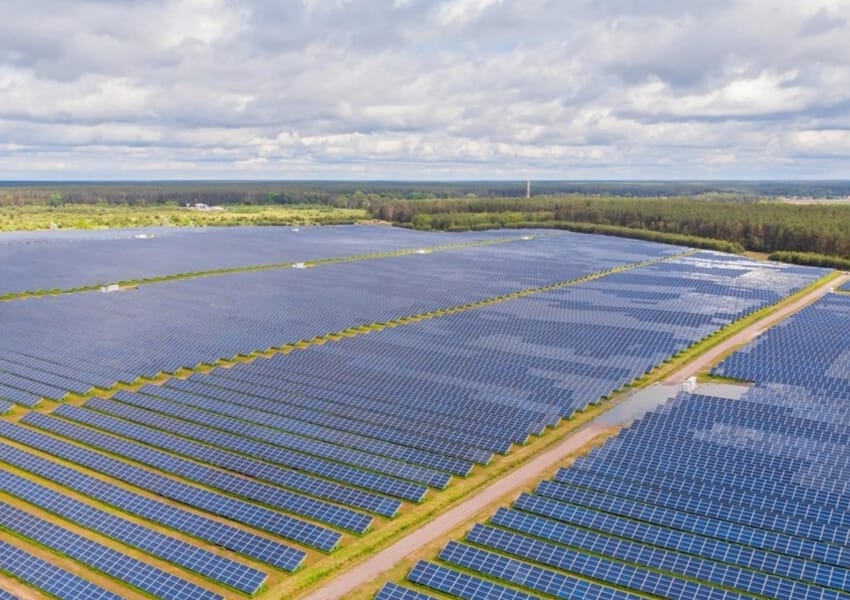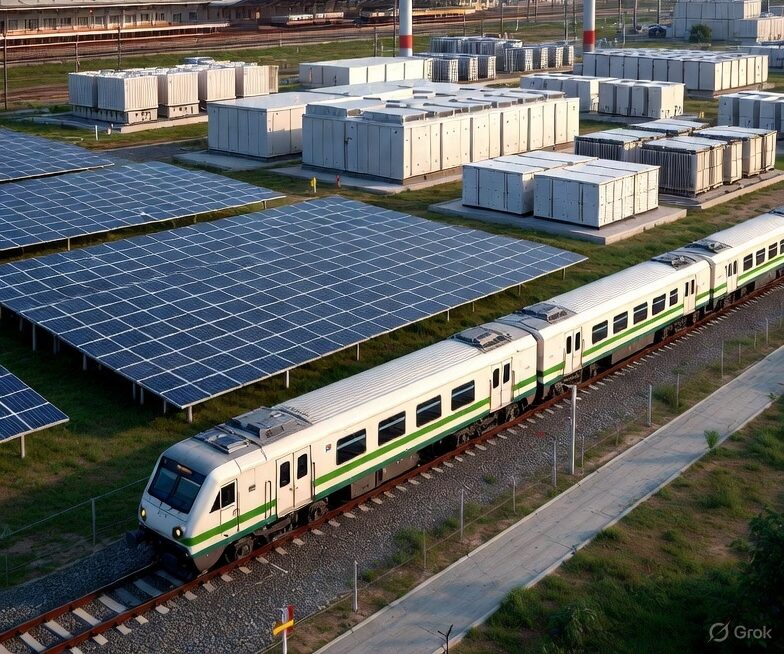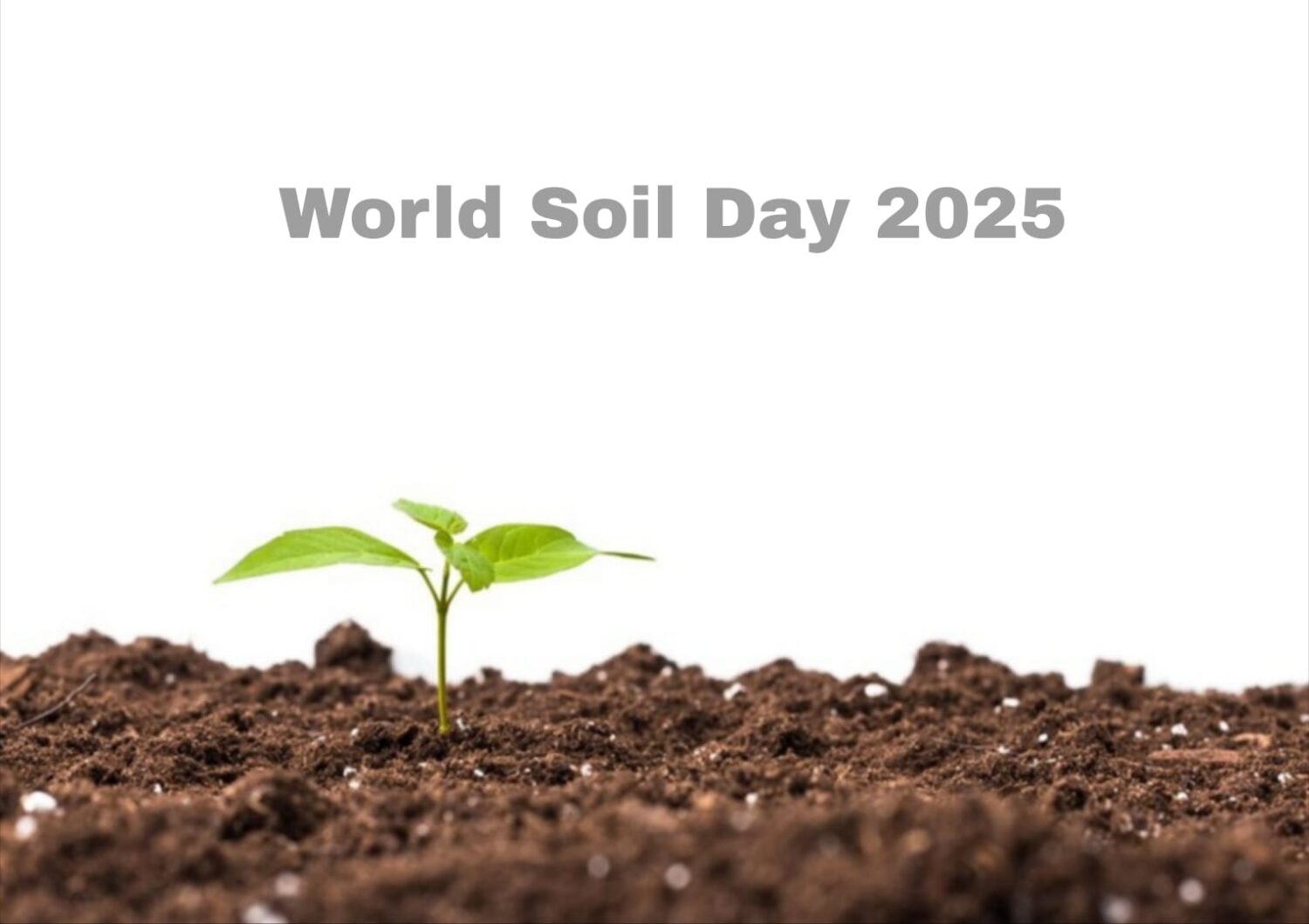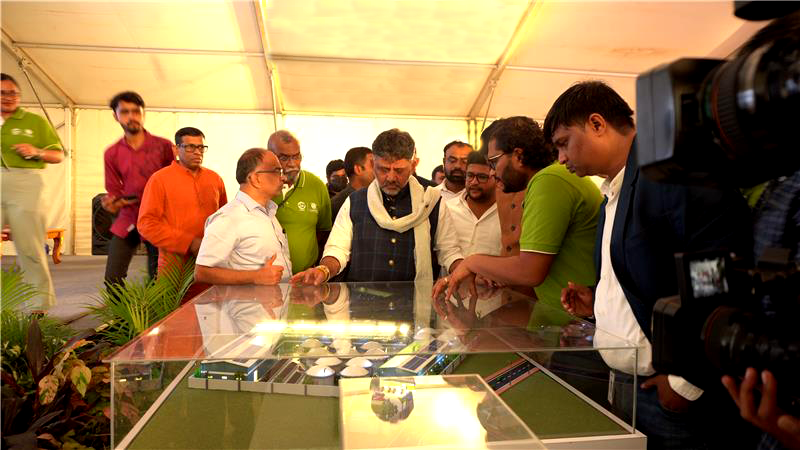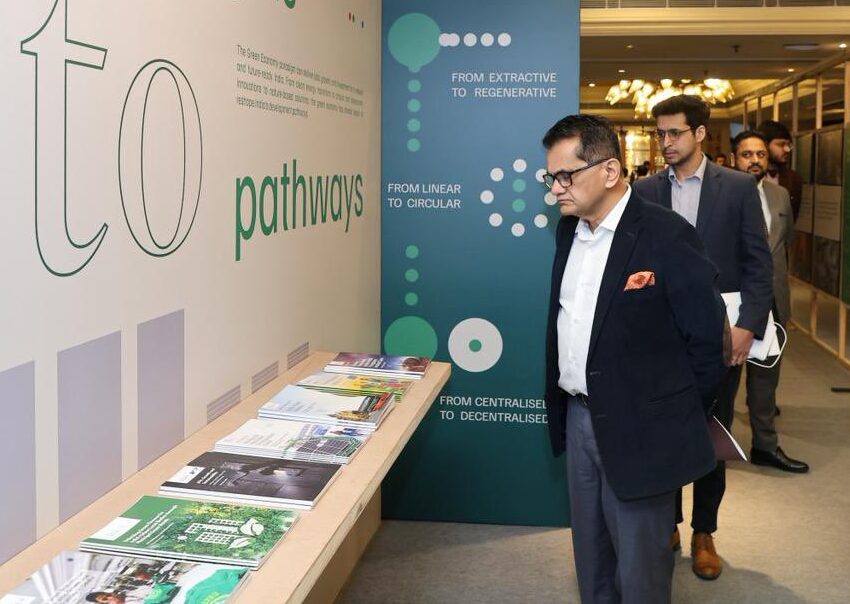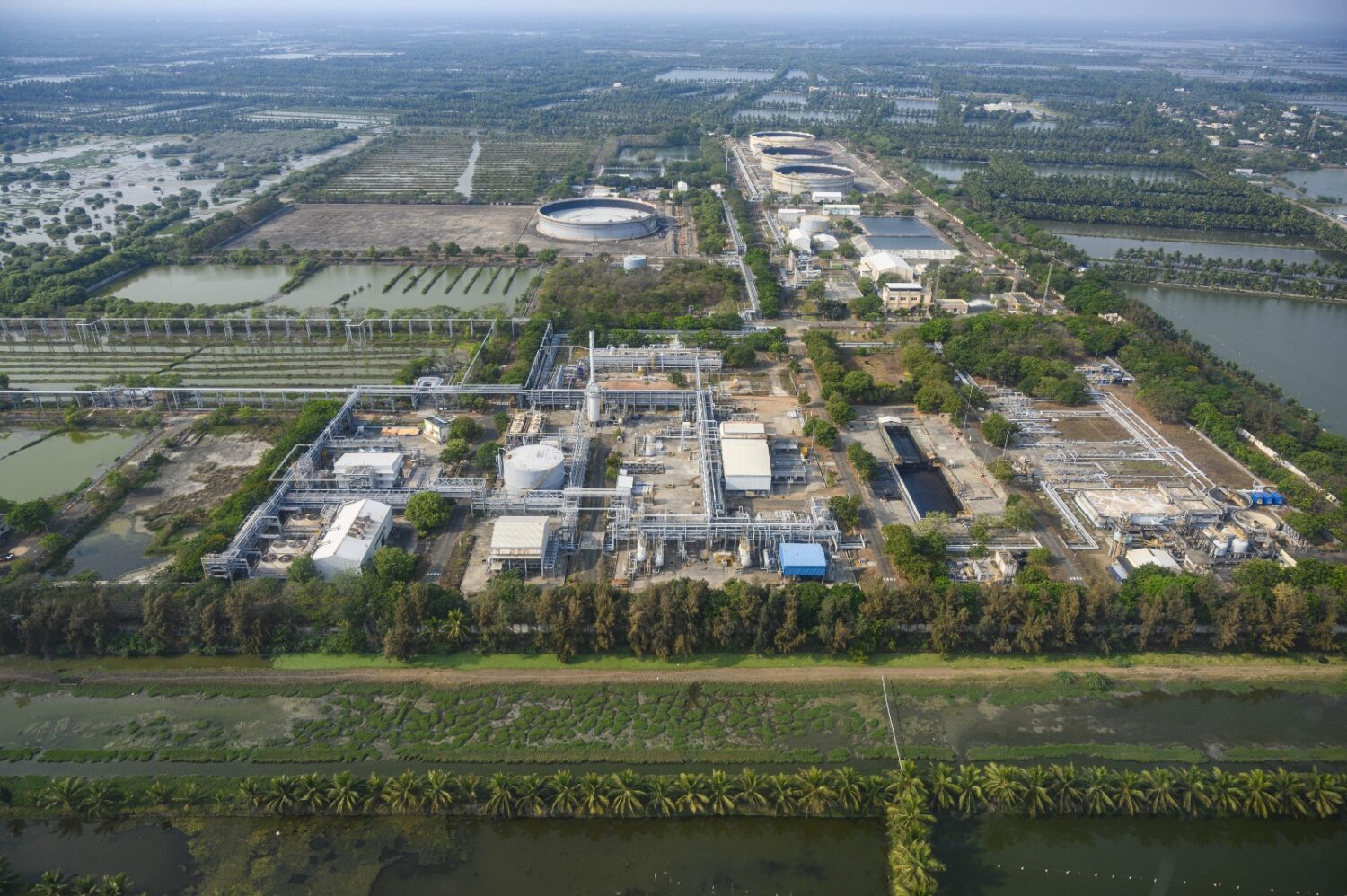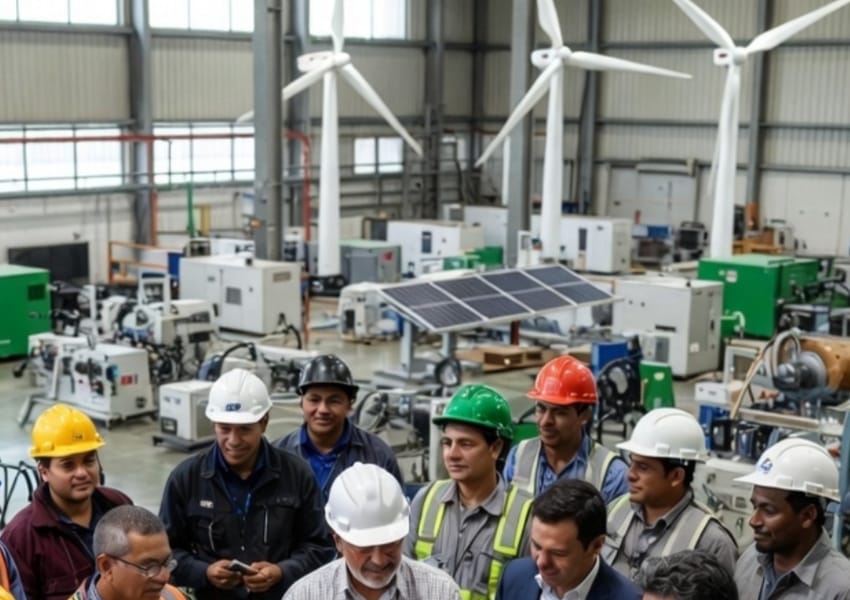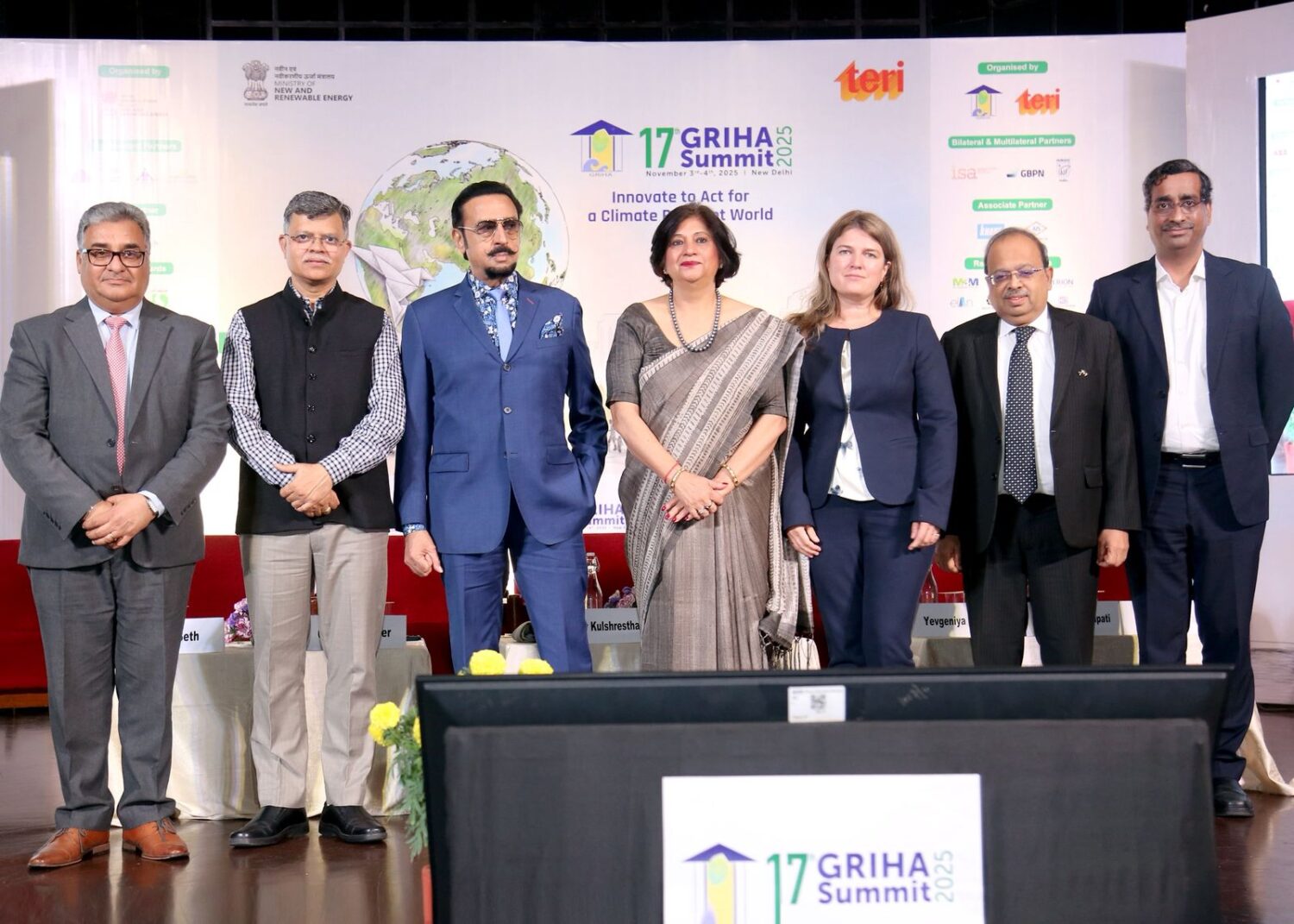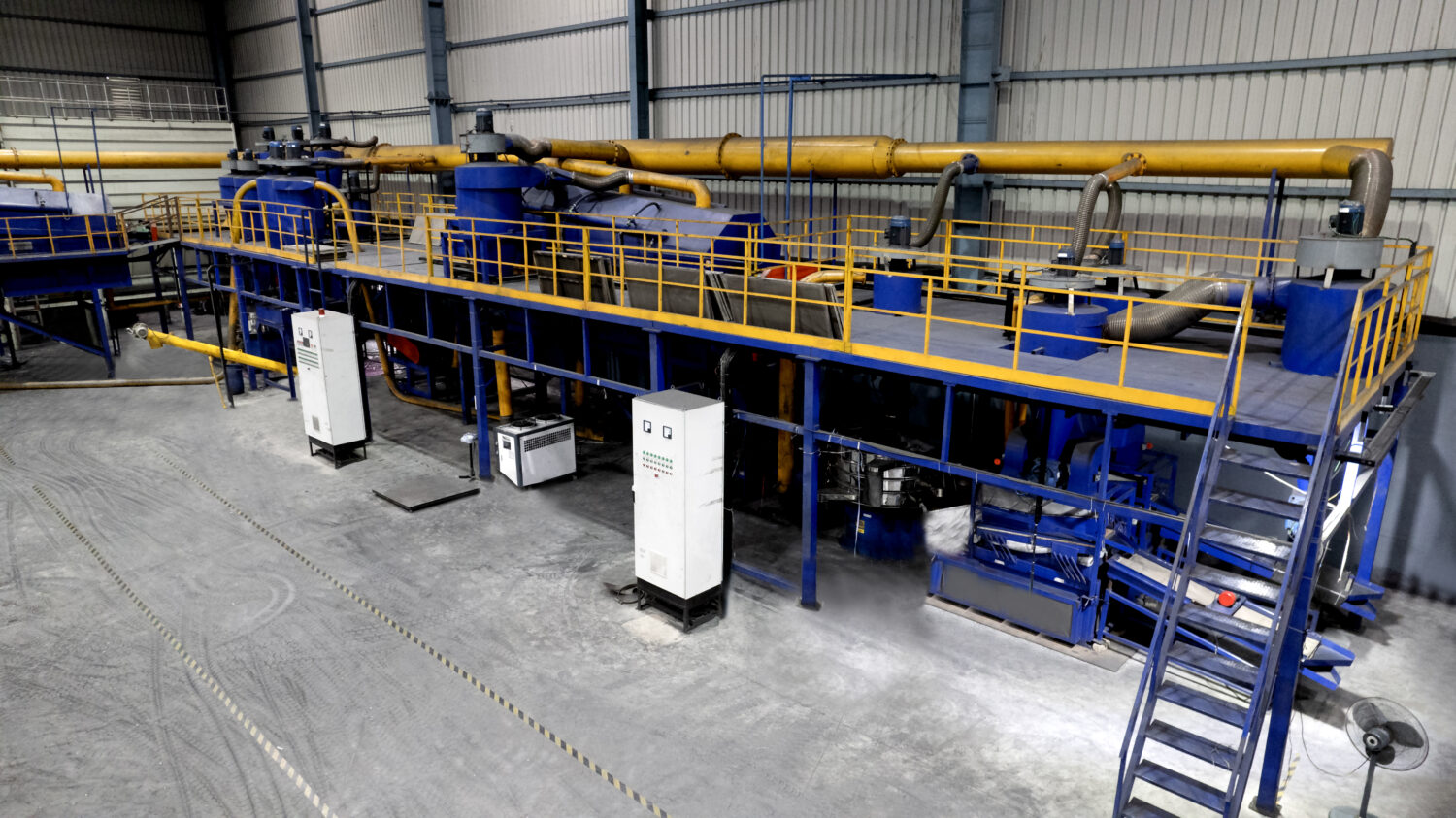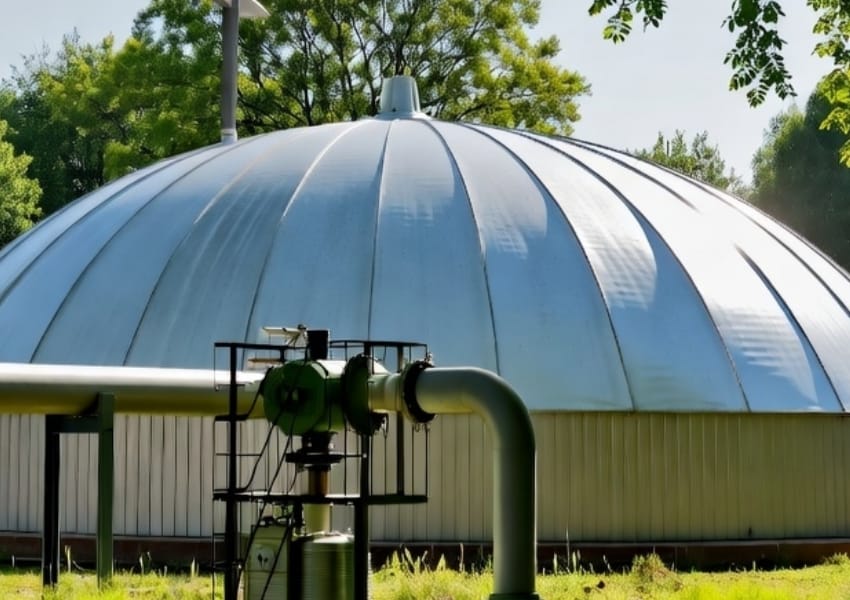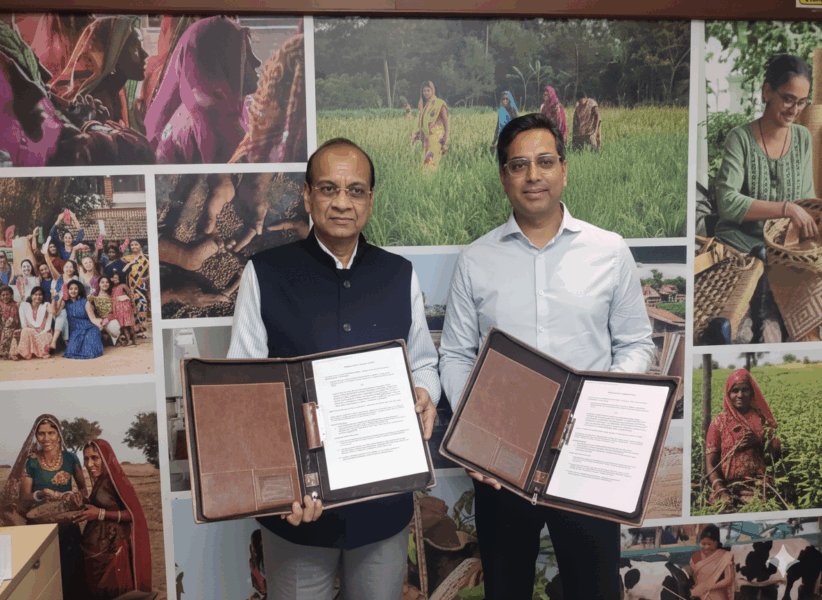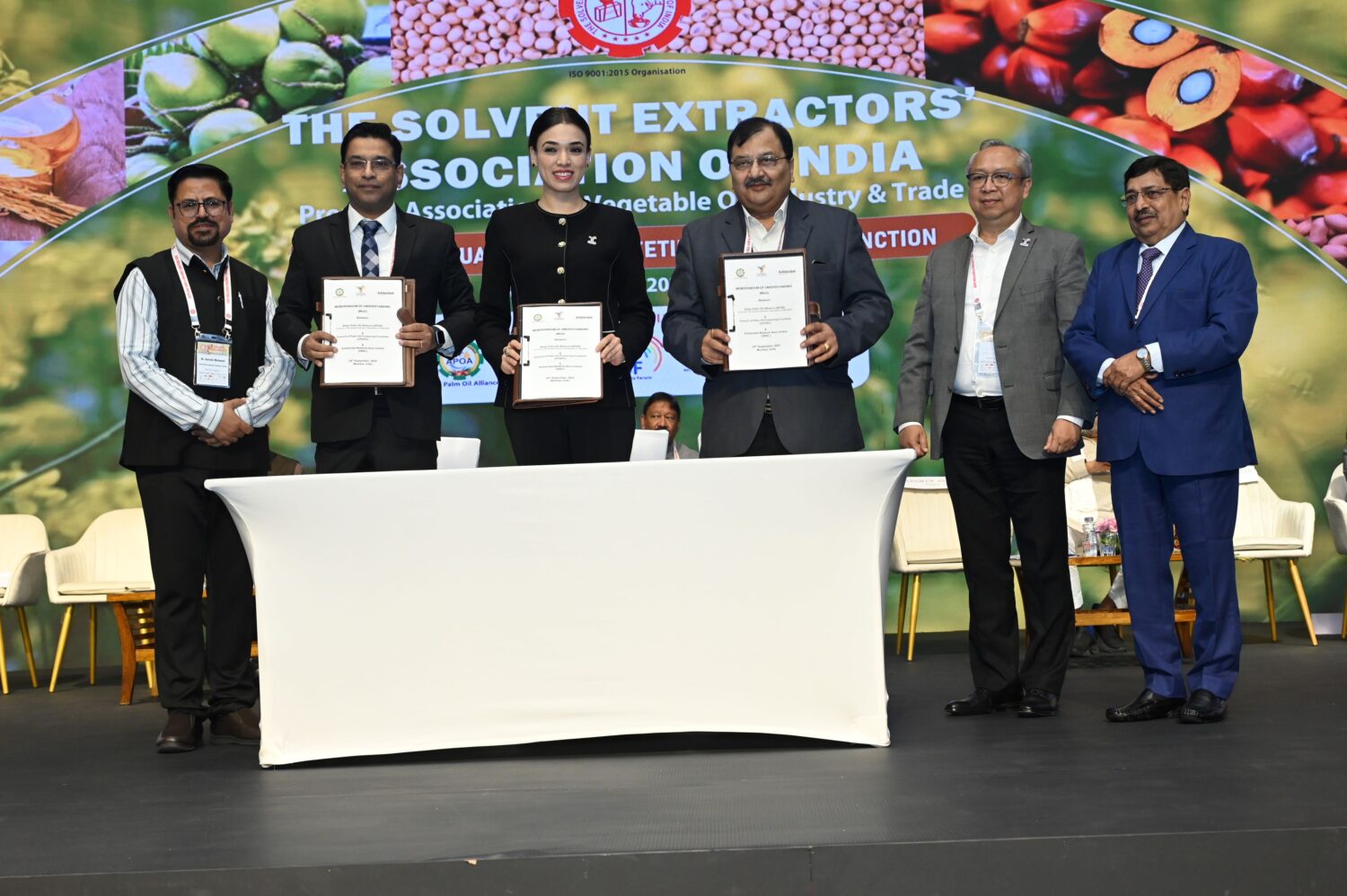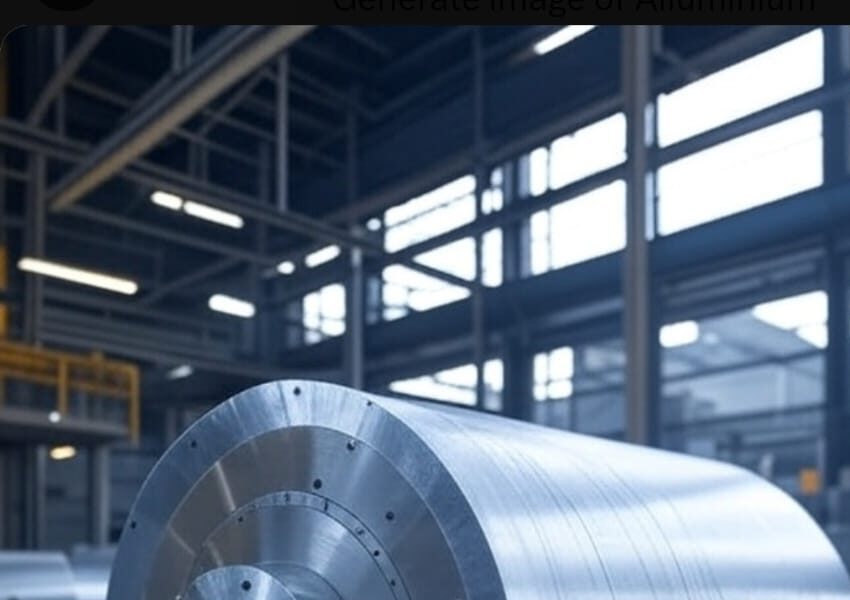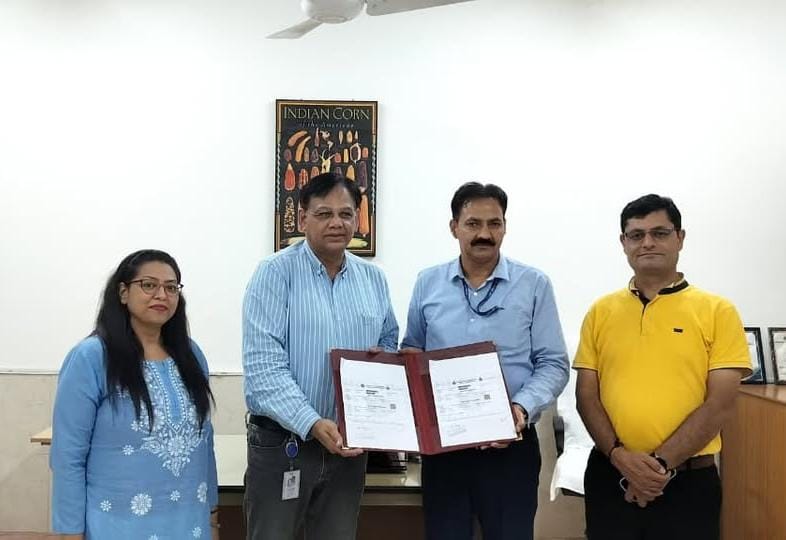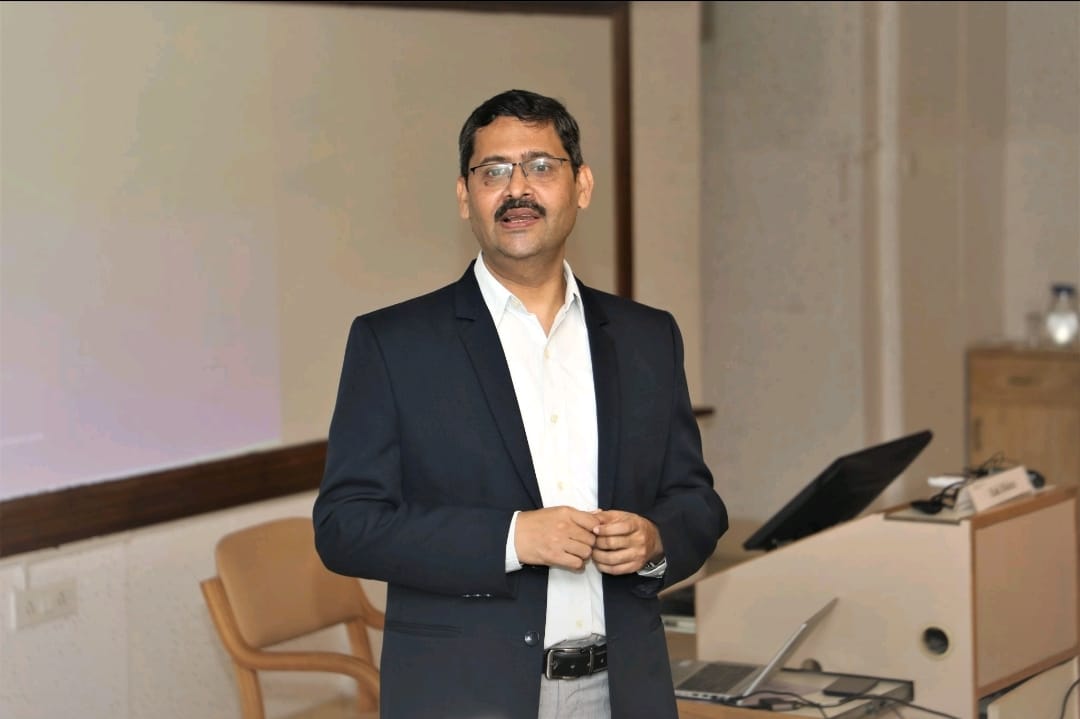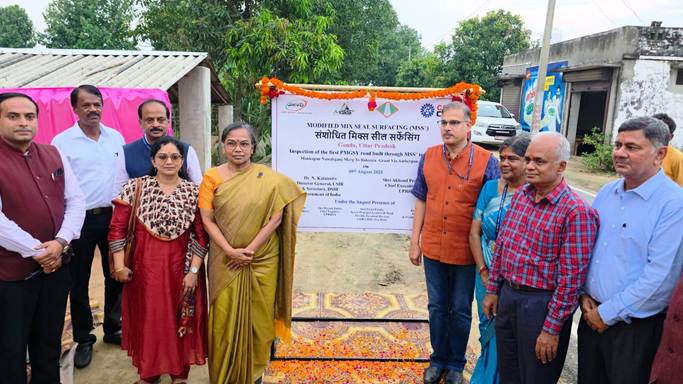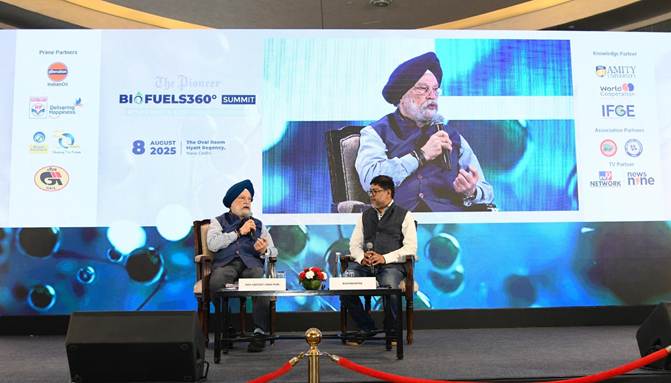Creating Regenerative Economy Through Materials Science Innovation For Sustainable World & Cleaner Future

“Mother Nature’s blueprint operates in cycles and not circles giving us food for thought to create a paradigm shift from a circular economy to a regenerative economy” writes Babu Padmanabhan, Founder & Chief Knowledge Officer, STEER World.
That “the material in hand remains silent if no questions are asked” has been well known in Geology and History but it is even more relevant in today’s world that is facing unprecedented challenges. The role of materials science in driving sustainable innovation has never been more critical. Mother Nature’s blueprint operates in cycles and not circles giving us food for thought to create a paradigm shift from a circular economy to a regenerative economy. This process is vital for maintaining biosphere integrity, land-system change, freshwater balance, and mitigating contamination by novel entities. As we continue to push the boundaries of materials science, we must prioritize advancements that reduce the carbon footprint and foster a sustainable future.
Towards a Regenerative Economy
Biological entities have a lifespan, and material objects have a lifecycle. The circular economy, focused on reuse, repair, and recycling, has extended the lifecycle of products. However, it is time to shift towards a regenerative economy that follows and restores natural cycles. Embracing natural cycles, especially those involving carbon, represents a new paradigm. It involves creating materials that can be transformed from one generation of products to the next without degrading the environment. This shift can help prevent the deterioration of the Earth’s fragile ecosystems on land and in the ocean.
One critical aspect of this transition is the development of materials that avoid the need for deforestation. Wood, a common construction material and raw material for paper manufacturing has a significant environmental impact when sourced unsustainably. By innovating alternative materials that mimic the properties of wood without the associated ecological footprint, we can preserve forests and their biodiversity. We are now developing high-strength composites that can replace wood in construction, reducing the demand for timber and helping to prevent deforestation.
Eliminating the Idea of Waste
The issue of post-consumer waste is of significant concern, particularly with regard to the proliferation of plastics and its detrimental impact on the environment., affecting terrestrial and marine ecosystems. The field of materials science plays a critical role in addressing this pressing problem. Emerging innovations in biodegradable and compostable materials show great promise in providing sustainable solutions. By replacing conventional plastics in various applications, these materials have the potential to mitigate the influx of plastic waste entering the environment.
A notable example is the development of bio-compostable polyesters made from sustainable resources. We are moving away from materials built solely for functionality and durability to materials that are also built for bio-compatibility in packaging, disposable cutlery, and other single-use items, providing a more sustainable alternative to traditional plastics.
Moreover, developing efficient recycling technologies for existing plastic waste is crucial. Advanced processes can intelligently compound commingled materials at molecular level to create properties that surpass products made from virgin materials. This approach not only reduces pollution and deforestation but also conserves resources and energy to a tremendous extent.
Building for Climate Mitigation
Construction and infrastructure development are significant contributors to greenhouse gas emissions. Materials science can play a pivotal role in developing sustainable building materials that reduce the carbon footprint of construction projects. Green building materials, including those with enhanced thermal properties, can also contribute to energy efficiency in buildings. By reducing the need for heating and cooling, these materials help to lower energy consumption and associated emissions. Furthermore, integrating renewable energy systems into building design can further enhance sustainability.
Enriching Soil and Supporting Agriculture
Healthy soil is fundamental to food security and environmental health. Materials science can contribute to soil enrichment through the development of biocompatible mulch film. Advanced delivery of fertilizer and nutrients are possible for soil amendments that improve soil fertility and water retention. These materials can enhance agricultural productivity while reducing the need for chemical fertilizers, which can have detrimental environmental effects. Biochar, a form of charcoal produced from organic waste, is an excellent soil amendment that enhances soil structure, increases water retention, and provides a habitat for beneficial soil microorganisms. By sequestering carbon in the soil, biochar also helps mitigate climate change. Innovations in materials science can also support sustainable agriculture by creating biodegradable mulches and films that protect crops while minimizing environmental impact. These materials help maintain soil moisture, reduce weed growth, and eventually break down into harmless substances, contributing to soil health.
Improving Global Standards of Living
In the pursuit of sustainability, it is essential to address the needs of the global south, where many communities face challenges related to poverty, lack of infrastructure, and limited access to clean energy. Materials science can improve the standard of living in these regions while minimizing greenhouse gas emissions. For instance, affordable and durable materials for housing can provide safe and comfortable living conditions for people in developing countries. Innovations in water purification materials can ensure access to clean drinking water, reducing the incidence of waterborne diseases. Additionally, renewable energy technologies powered by advanced materials can bring electricity to remote areas, fostering economic development and improving quality of life. Solar-powered water purification systems, for example, use advanced materials to efficiently remove contaminants from water, providing a sustainable solution to the global water crisis.
A Call to Action
Triumphs of any engineering marvel are built on the foundation of materials that rely on the skill of identifying, compounding and transforming. The integration of materials science across various fields is essential for creating holistic solutions to our most pressing environmental challenges. By focusing on sustainable and regenerative solutions, we can build a future where the needs of the present are met without compromising the ability of future generations to meet their own needs. With advancements in materials science, it is possible to prioritize innovations that promote environmental sustainability, create social equity and forge economic progress. This approach not only addresses the symptoms of environmental degradation but also tackles the root causes, paving the way for a cleaner, more sustainable world.







